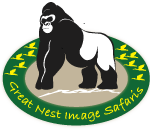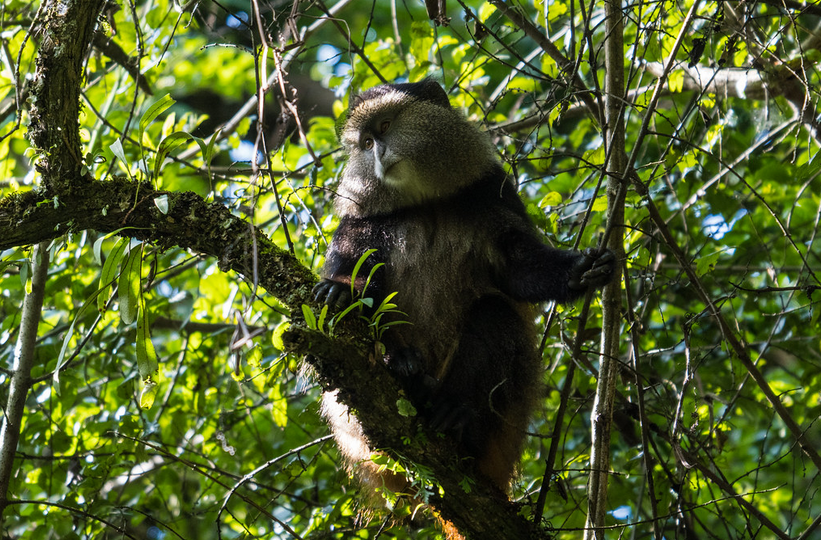
Mgahinga Gorilla National Park
Mgahinga Gorilla National Park : is located in the Virunga Mountains, encompasses three inactive volcanoes and Uganda’s smallest but most scenic park. Generally, its located in South western parts of the pearl of Africa at an altitude between 2,227m and 4,127m. In addition, the park is a habitat to the remaining mountain gorillas in Uganda and the world at large. Above all, it lies close to Bwindi Impenetrable Forest, another home to the remaining endangered mountain gorillas in Uganda.
Basically, the primates in Mgahinga national park include Mountain Gorillas and the Golden Monkey. Also the park is contiguous with Rwanda’s Volcanoes National Park and the southern sector of Virunga National Park. While in the park you will experience six vegetation types; tree heathers, montane forest, bamboo, montane woodland and farmland.
Gorilla Trekking
Naturally, the park is home to some of the world’s endangered mountain gorillas making gorilla trekking a must do activity. Basically, habituated gorilla family in this park is called the Nyakagezi. However, due to their constant movement it is advisable to check the current location of the gorillas first.
The trek commences at about 8:00am and it may be strenuous therefore it can take the whole day depending on the location of the gorillas. However, there are a few guidelines to keep in mind before you go for gorilla trekking. While walking feel free to ask the guides to slow down if they are going too fast. But what you have to bear in mind is, you have a chance to watch the gorillas.
Other Wildlife
The park is home to over 76 species of mammals, although they are difficult to glimpse in the wild forest vegetation. They include giant forest hogs, bush pigs, forest buffaloes, elephants, bushbucks, golden cats etc.
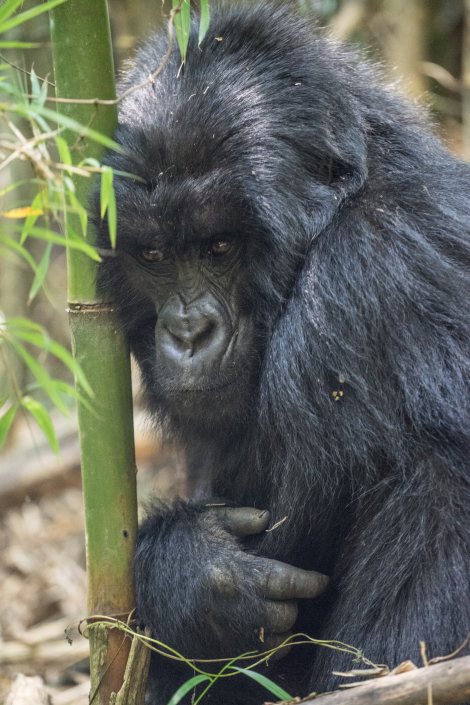
Golden Monkey Trekking
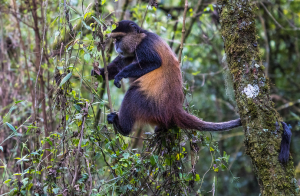
Particularly this is the second thrilling activity in park next to the Gorilla trekking in the area. Initially, primates are small and fast which makes golden monkey trekking an interesting adventure and a must do activity. During this activity you are given a golden opportunity to view and take memorable pictures. The route you take to find the monkeys may be akin to that which they tread looking for young bamboo branches.
Batwa Trail Experience
Before this park was set aside for the purpose of being a gorilla park, the Batwa or African pygmies lived and thrived in this forest. They were later displaced however some of them still live around the park. A Batwa trail experience is an activity that takes you through their history and transition over time.
Additionally, the Garama Cave, a very sacred piece of Batwa history is a good place to start. It is in this cave that they were able to hide from Bantu invasion many years back. The ease with which they bustle through the forest and glide uphill is awe striking and a reminder that east or west, home is best to the Batwa.
Hiking & Nature walk
One of the best mountain hikes within the Park is that to the peaks of mount Sabinyo which provides a good birding opportunity. Mount Muhabura also provides the most outstanding views than any other mountain in Uganda.
In fact, some of the views you will be rewarded with when you climb its Peak include the Virunga Massif, the magnificent Queen Elizabeth National Park and Lake Edward.
Volcano Climbing
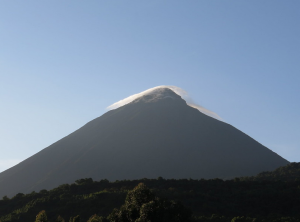
Generally, the Park has 3 dormant volcanoes believed to have formed in the mid Pleistocene era about 1.8 million years ago. Depending on visitor’s fitness levels, an experience Uganda Wildlife Authority guide helps you to choose and make the most of your time. Mt. Muhabura is the tallest at (4,127) meters above sea level while Mt. Gahinga (3,473) meters above sea level is the lowest and easy to hike. According to the local legend, Gahinga means a pile of volcanic stones that surround the local farmlands on its lower slopes. Mt. Sabinyo has a toothed summit a reason why it’s referred to as an old man’s teeth by the locals. In conclusion, visitors hike past several deep gorges before standing in a great location where the three countries Rwanda, Uganda and DR Congo borders meet.
Garama Cave Exploration
The cave was also used by the Batwa people to hide from their enemies. Upon entering, darkness embraces you as you hear mournful chants of the Batwa women mourning the loss of the beloved forest. A dim light illuminates the cave and you see them dancing with the words like tears pouring forth – a most meaningful time.
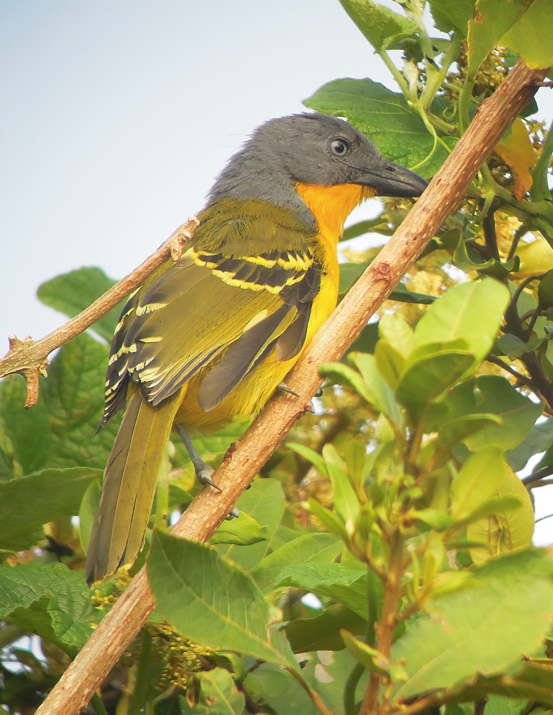
Birding in Mgahinga national park
Basically, many bird species are found in this Park and is said to be having over 180 bird species. Various birds can be viewed in the area and these include, Dusky Turtle Dove, Cape Robin-chat. Brown-crowned Tchagra, Bronze Sunbird, Black-headed Waxbill, Streaky Seed eater, Handsome Francolin. Kivu Ground Thrush, Cinnamon Bracken Warbler, White Starred Robin, Greater Double collard Sunbird, Rwenzori Turaco.
Rwenzori Batis, Shelly’s Dusky Crimsonwing, Archer’s Robin Chat, Olive Pigeon, Black headed waxbill. Western Green Tinker bird, Malachite Sunbird, Cape Robin, White-starred Robin, Brown Woodland Warbler. Striped breasted Tit, Scarlet-tufted Sunbirds to mention but a few. In addition, you will enjoy a good list of the Albertine rift endemics in this area especially on the gorge trail.
Accommodation
Above all, the park has got a lot of lodges, camps & hotels for accommodation. However, these are available both inside and outside the park. You can book your accommodation through our company and early bookings are advised.
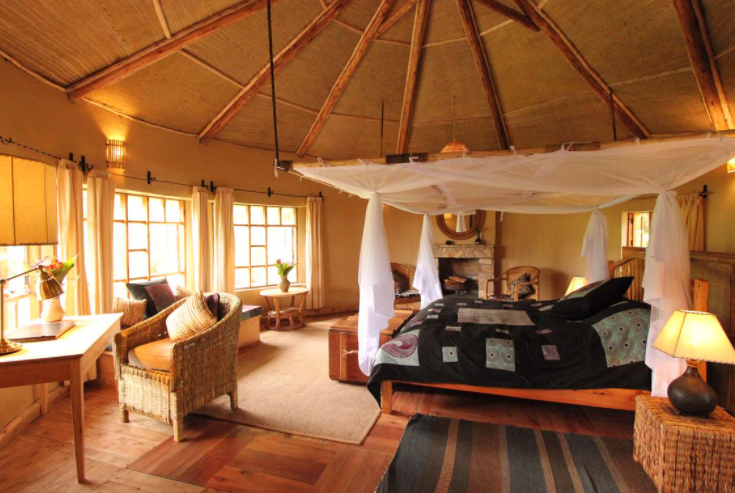
Luxury
- Mount Gahinga Lodge
Mid-range
- Traveller’s Rest Hotel-Kisoro
- Mucha Hotel-Kisoro
Budget
- Amajembere Iwacu Community Camp
- Kisoro Tourist Hotel
Our Safaris
2 Days Best of Lake Mburo Park Safari
3 Days Gorilla Trekking Experience in Uganda
4 Days Gorilla and Chimpanzee Tracking Safari Uganda
5 Days Gorilla and Wildlife Safari in Uganda
6 Days Queen-Bwindi Gorilla & Lake Mburo Safari
7 Days Uganda Pearl of Africa Tour
10 Days Best of Uganda Wildlife and Adventure Safari
15 Days Best of Uganda Holiday Safari
17 Days Uganda Gorillas & Wildlife Safari

